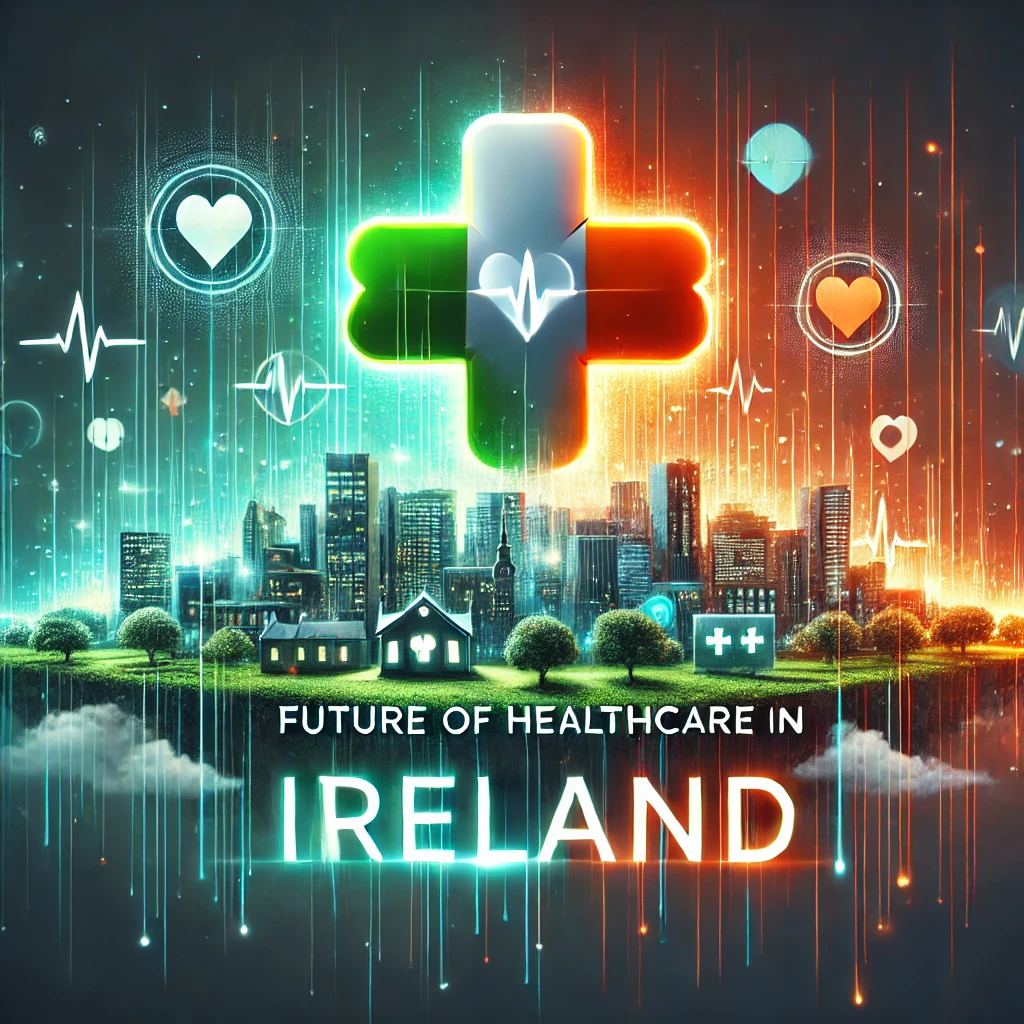 Ireland’s healthcare sector is on the brink of a major transformation. Advances in technology, policy reforms, and patient-centered care are driving changes in accessibility, efficiency, and quality of healthcare. With an aging population, rising healthcare expenditure, and clinical workforce shortages, the future of healthcare assistance in Ireland is shaped by innovation and strategic investments.
Ireland’s healthcare sector is on the brink of a major transformation. Advances in technology, policy reforms, and patient-centered care are driving changes in accessibility, efficiency, and quality of healthcare. With an aging population, rising healthcare expenditure, and clinical workforce shortages, the future of healthcare assistance in Ireland is shaped by innovation and strategic investments.
1. Digital Transformation and Telemedicine in Ireland
Telemedicine and digital health tools are reshaping the way care is delivered:
-
Virtual Consultations: Accelerated by COVID-19, telemedicine enables real-time access to physicians, reducing travel and wait times.
-
Remote Monitoring: Wearables and mobile apps track vital signs and chronic conditions, allowing timely medical interventions.
-
E-Prescriptions: Digital prescriptions improve medication adherence and reduce errors.
Irish healthcare providers are investing heavily in telehealth infrastructure to improve rural healthcare accessibility and patient convenience.
2. Artificial Intelligence (AI) and Machine Learning
AI and machine learning are driving efficiency and better outcomes in healthcare:
-
Early Detection: AI algorithms analyze X-rays, MRIs, and scans to detect cancers and other diseases earlier than traditional methods.
-
Personalized Medicine: AI evaluates genetics, lifestyle, and environmental factors to recommend individualized treatment plans.
-
Administrative Support: AI-driven systems automate repetitive tasks, freeing healthcare professionals to focus on patient care.
AI innovations are increasingly integrated into Ireland’s healthcare system, enhancing diagnostics and workflow efficiency.
3. Patient-Centric Care Models
The future emphasizes patient-centered healthcare:
-
Health Education: Digital tools and community initiatives empower patients to manage their health.
-
Integrated Care: Collaboration among primary care providers, specialists, and social services ensures seamless care.
-
Mental Health Access: Online counseling and awareness programs improve accessibility and outcomes.
These models improve population health and reduce hospital admissions by focusing on preventive care.
4. Robotics in Healthcare Assistance
Robotics is transforming surgical procedures and eldercare in Ireland:
-
Surgical Robots: Enable minimally invasive surgeries with greater precision and faster recovery.
-
Assistive Robots: Support elderly patients with mobility, medication reminders, and companionship.
Ireland is gradually adopting robotics to enhance healthcare outcomes and meet the needs of its growing elderly population.
5. Genomics and Precision Medicine
Genomics and precision medicine allow treatments tailored to an individual’s genetic profile:
-
Genetic Screening: Identify risks for critical diseases.
-
Targeted Treatments: Reduce side effects while maximizing effectiveness.
-
Patient Education: Provide guidance on hereditary conditions and early interventions.
Investment in genomics research positions Ireland as a hub for precision healthcare services.
6. Policy and Infrastructure Development
Government policies and infrastructure investments support healthcare innovation:
-
Digital Health Records: The Irish National eHealth Strategy promotes the digitization of patient records.
-
Training Programs: Upskill healthcare professionals in digital technologies and emerging medical fields.
-
Health Reform Programs: Initiatives like Sláintecare aim for universal access to high-quality, affordable care.
Effective policies ensure equitable implementation of healthcare innovations.
7. Challenges Ahead
Despite promising advancements, challenges remain:
-
Data Protection and Security: Digital tools collect sensitive patient information that requires rigorous protection.
-
Workforce Shortages: Training and retention programs are essential to meet future healthcare needs.
-
Health Equity: Innovations must benefit all populations, including underserved communities.
Conclusion
From telemedicine and AI to robotics and precision medicine, the future of healthcare assistance in Ireland is bright. By embracing innovation while addressing challenges, Ireland can build a healthcare system that is efficient, accessible, and patient-centered. Collaboration among patients, providers, and policymakers is key to realizing this vision and creating a healthy Ireland for generations to come.
